Catlin Gabel is an independent day school with a 67-acre campus on the wooded outskirts of Portland, Oregon. The school promises its students “Experiential Learning” and Ric Fry, the Lower School Woodshop teacher, delivers on that promise with hands-on boatbuilding for kids as young as 7 years old.
Ric himself got an early start on woodworking. When he was 10, his family moved to a small farm near Toronto and he had to build sheds for the cows he was charged with raising. In his teens he made strip-built canoes for paddling the lakes in the region. When he began his teaching career in New York City it was only natural that he would take grade-schoolers boating on the Hudson River to teach them about marine biology.
While teaching at Catlin Gabel, he has introduced boatbuilding to students from second to fifth grade in woodshop classes, after-school programs, and off-campus workshops, held in conjunction with RiversWest Small Craft Center. In past projects, he has guided young students through building Salt Bay Skiffs, Amphora Skiffs, and a skin-on-frame canoe.
With his most recent projects at the school, Ric added a new dimension to experiential learning: building boats with materials harvested from the land. To get off to a running start, he called on Steve Carrigg, who builds skin-on-frame boats in Tigard, a Portland suburb. Steve’s specialty is working with the slender new branches of hazelnut trees to make coracles and curraghs. The Willamette River valley south Portland has an abundance of the trees in nut-producing orchards as well as bushes growing in open spaces.
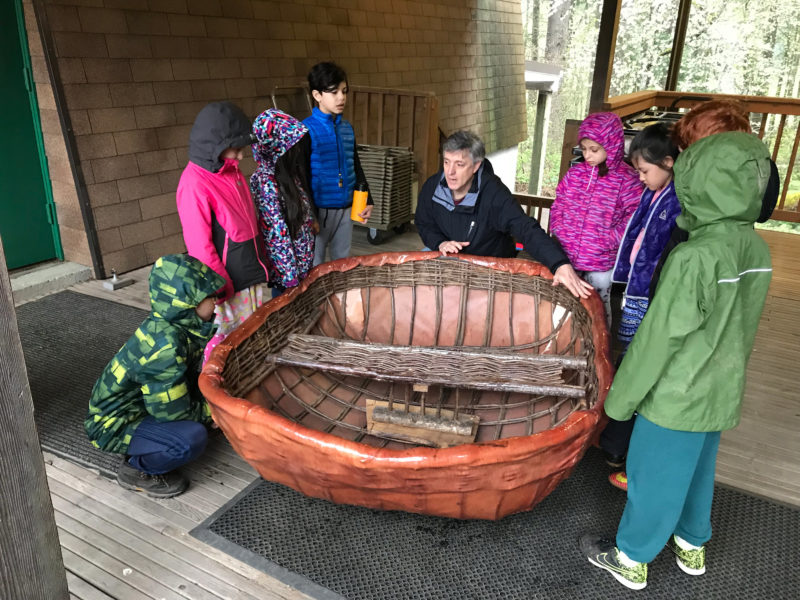 Photography by and courtesy of Ric Fry
Photography by and courtesy of Ric FrySteve Carrigg, a Portland area boatbuilder who specializes in the use of hazelnut withies, brought one of his coracles to show the second graders what they’ll be building.
The trees need frequent pruning, a job that’s best done in winter when the trees are dormant, so in February of 2018, Ric arranged with one of the orchardists for a class field trip to cut and collect the straight green withies that sprout from the trees.

The building of the coracle and curragh began with harvesting shoots from a hazelnut grove that’s a short drive from school.
Ric and his volunteer students spent a couple of hours collecting about 120 withies, all about 10′ long. They would need to season for a few weeks, because the wood will shrink as it dries and create a loose boat if used too soon. After the withies dry, they will remain limber for months.
The boatbuilding with the hazel pieces began with a coracle project for second-graders. The class took over a bit of the campus lawn for their building site and “planted” about three dozen withies in the ground. More withies, woven in and out of the uprights, formed the coracle’s gunwale. Then the uprights are bent over in pairs, forming a latticework that gets lashed together. The canvas covering was waterproofed with Rust-Oleum paint.
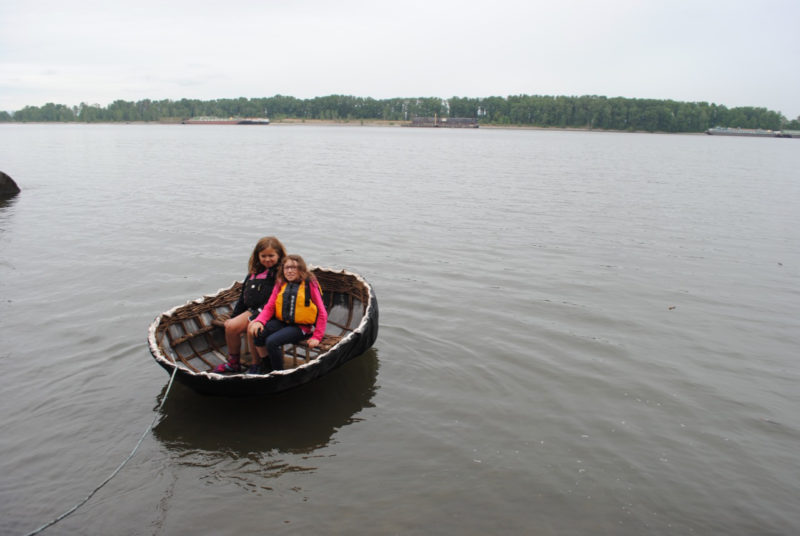
Tethered to shore, two student builders get a feel for the coracle. Paddling a coracle requires a sculling stroke that takes some training and practice.
Curragh
In 2019, Ric took on a more ambitious project, a curragh, with his fourth and fifth graders. The frame of their version of the traditional Irish rowing boat, built without plans, would use the withies for the frames and stringers with Oregon white oak for the double gunwales, stem, and keel.
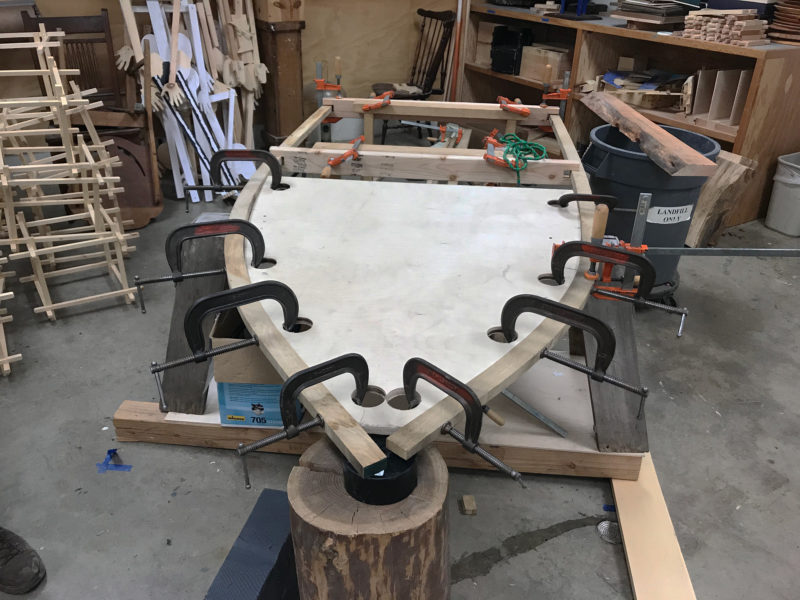
The Oregon white-oak gunwales for the curragh were steamed, then bent around a plywood form.
The forward ends of the gunwale longitudinals needed to be coaxed into curves; the green oak, steamed in a PVC pipe, took their shapes around a plywood form. The stanchions between the parallel gunwale pieces had rounded tenons, shaped with scroll saws and rasps, to fit the holes the kids drilled in the gunwales with a brace and auger bit.
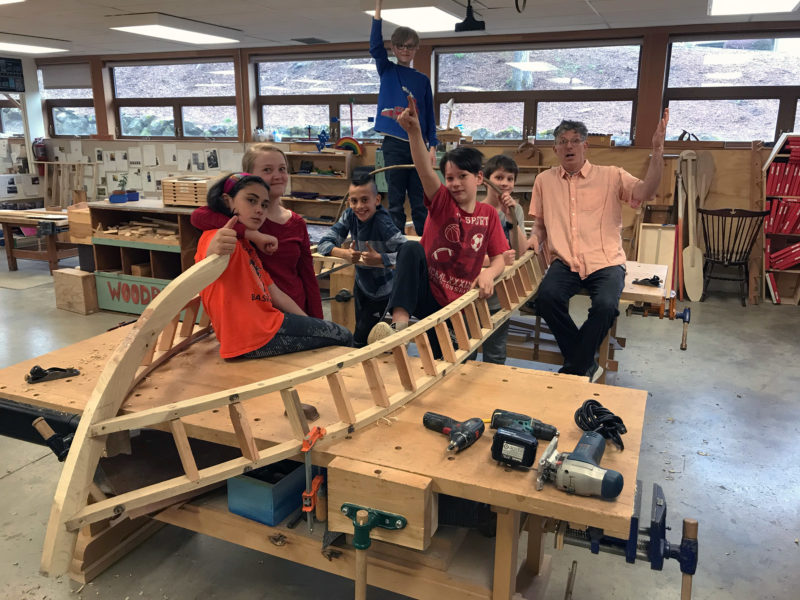
Teacher Ric Fry and student builders celebrate the completion of the gunwale assembly.
The withy frames, with their bark on and still quite flexible, were bent under the keel and fit in holes in the lower gunwale pieces. The pairs were shaped by eye, lashed together, and trimmed.
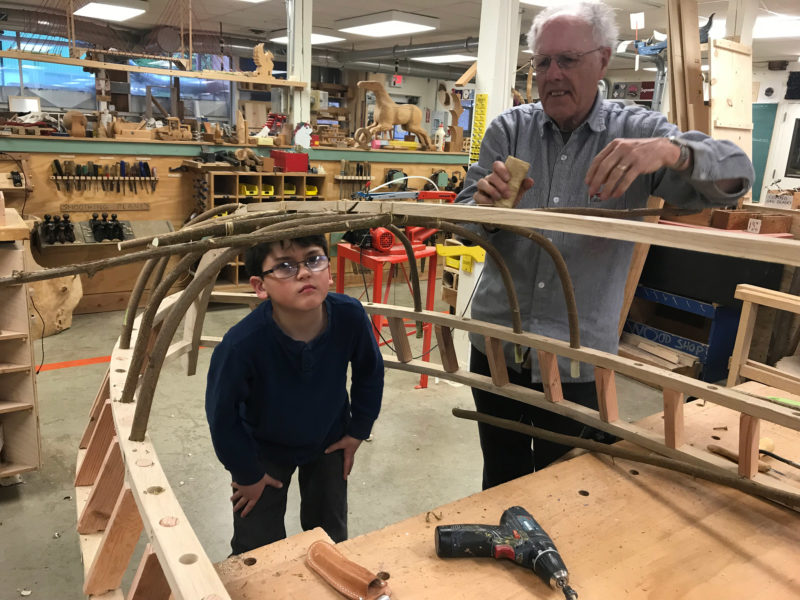
The flexible ribs get shaped by eye; the more points of view, the better.

Most of the ribs are made in pairs, doubling up across the bottom where the resulting flattened curves give the hull its proper shape.
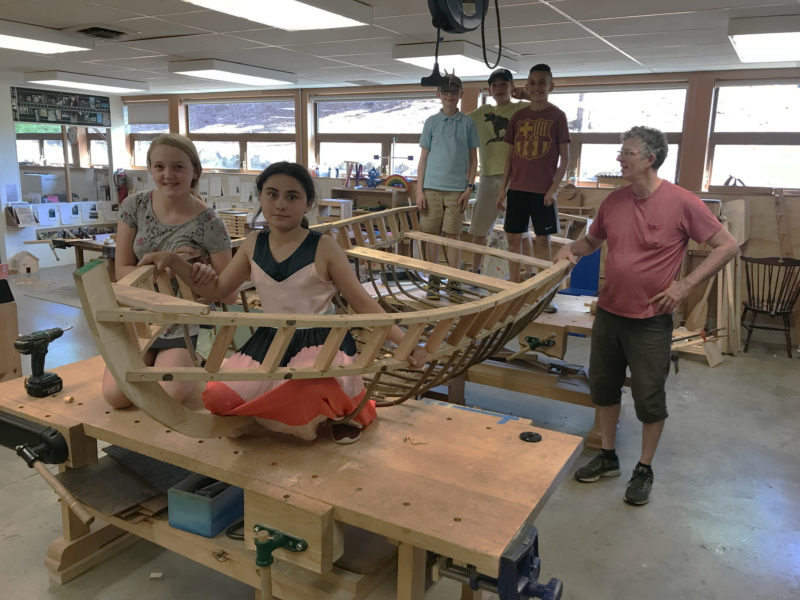
Finishing the framing was another milestone in the curragh build. Stringers, skin, and coating remain to be done.
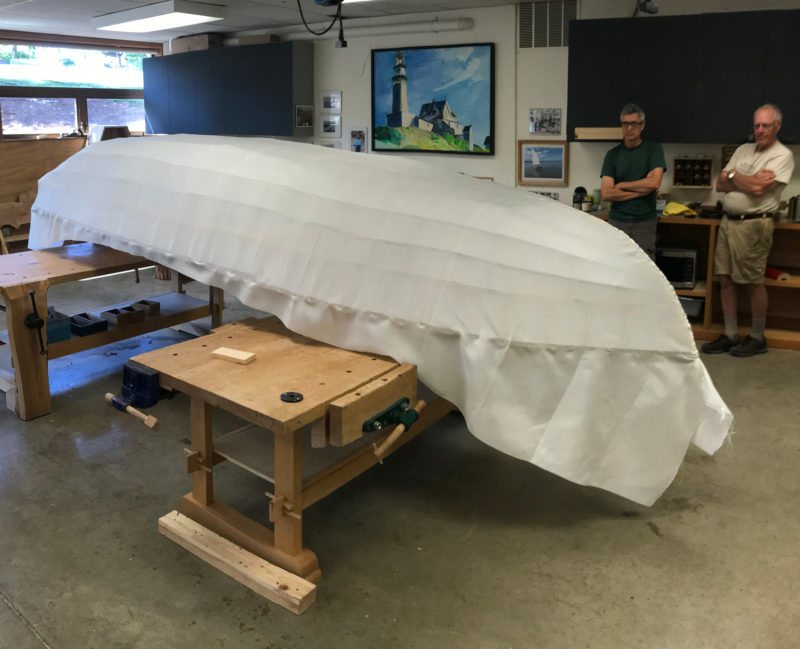
The students did good work skinning the curragh, drawing it tight to eliminate almost all of the puckers. The application of a bit of heat would finish the job.
The students stretched 12-oz ballistic nylon over the completed framework and stapled it to the upper gunwales. Summer vacation left completing the curragh up to Ric and RiversWest member John Ost. They stitched the fabric seams at the stem and stern and waterproofed the skin with a two-part polyurethane with a bit of pigment.
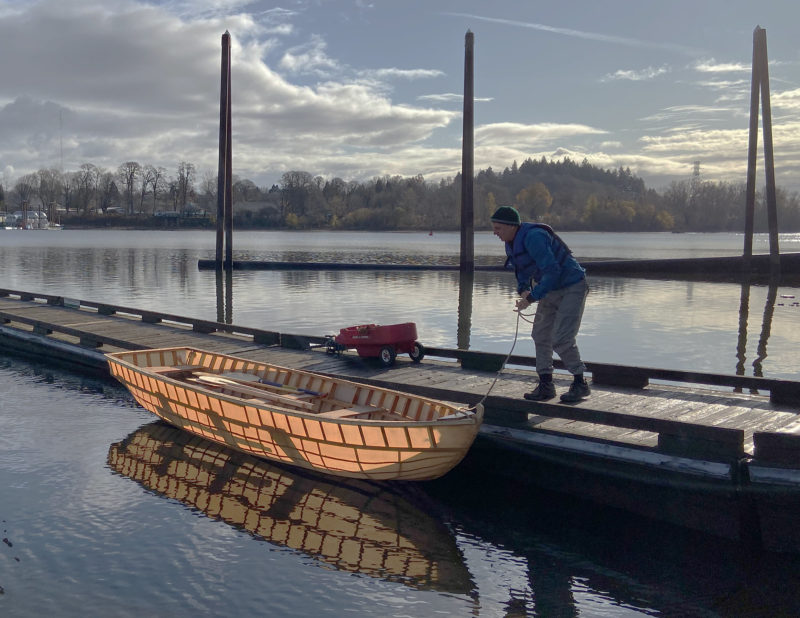
The curragh was finished when school was out of session, so its sea trials were conducted without the students who had built it.
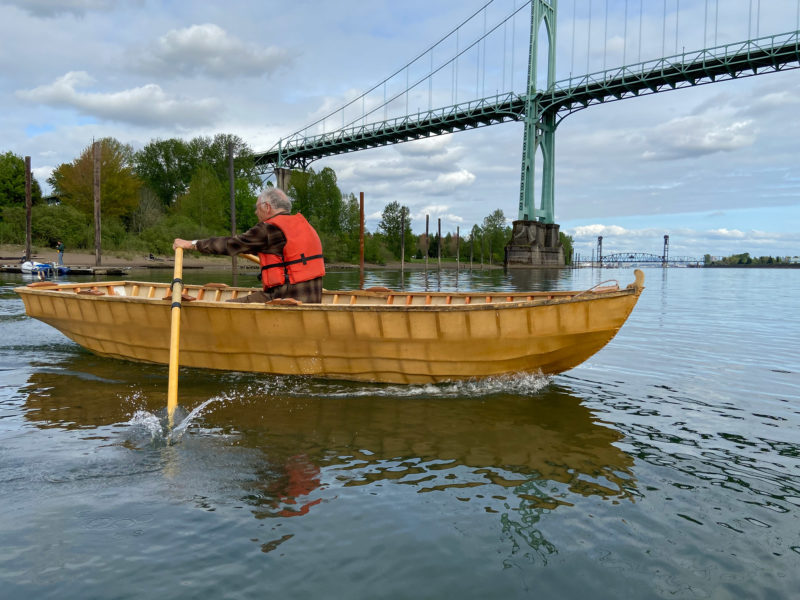
With John Ost at the oars, the curragh put on a good turn of speed during an outing on the Willamette River a few miles downstream from downtown Portland.
The curragh and coracle will join Catlin Gabel’s growing fleet of small boats, as much a part of the Experiential Learning program on the water as the boats yet to be built in the school’s woodshop.![]()
Do you have a boat with an interesting story? Please email us. We’d like to hear about it and share it with other Small Boats Magazine readers.
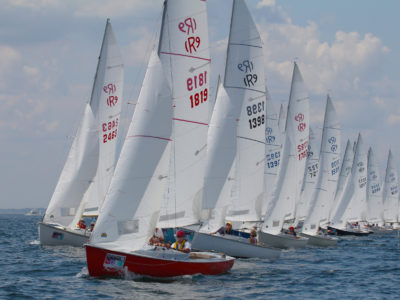
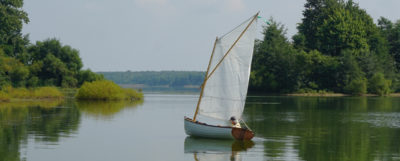
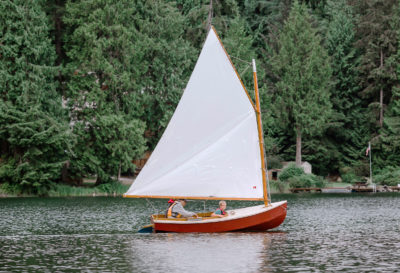
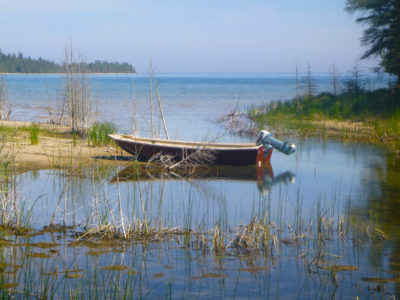
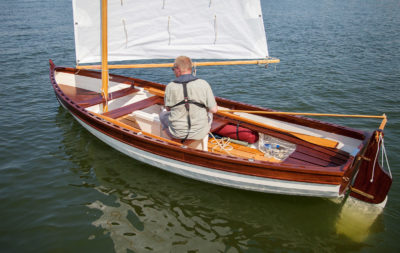

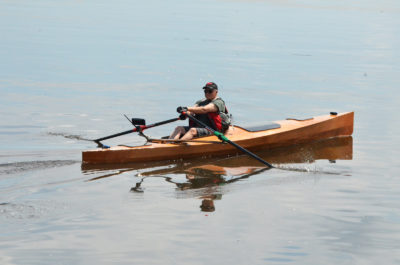
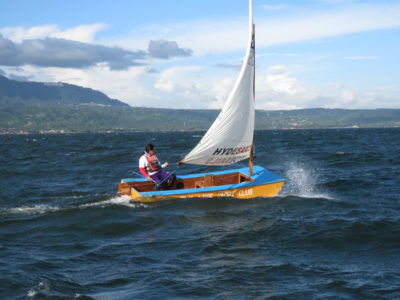
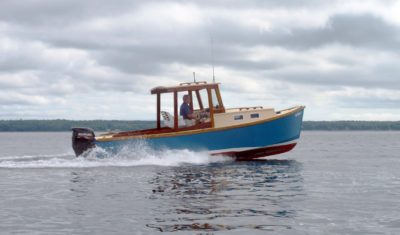
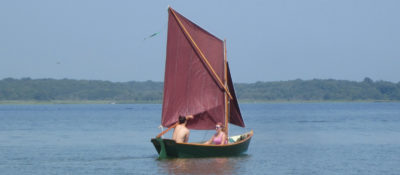
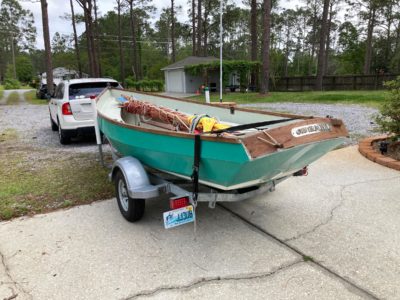
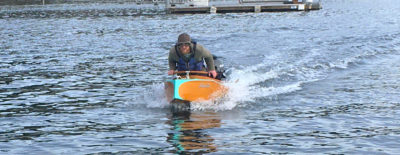
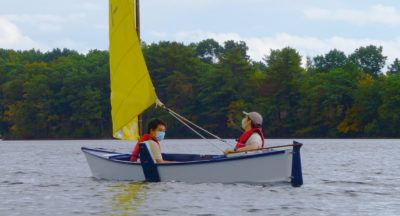
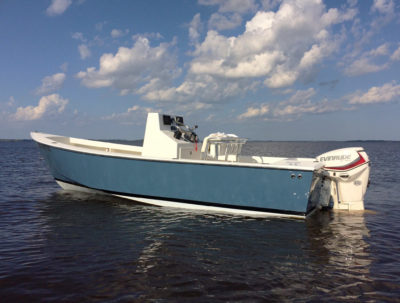
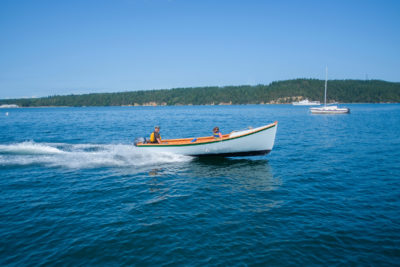
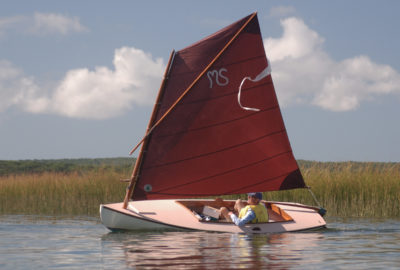
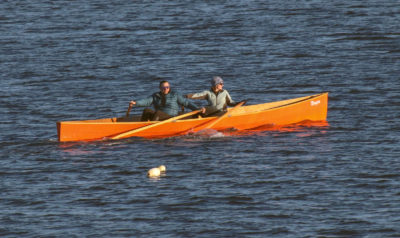
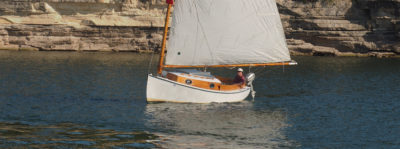
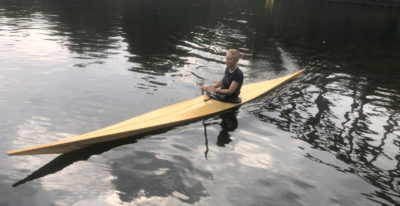
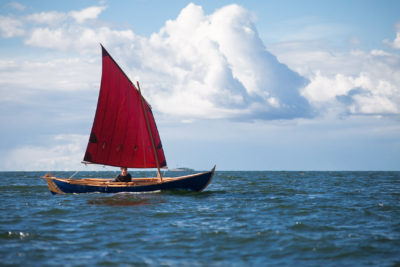
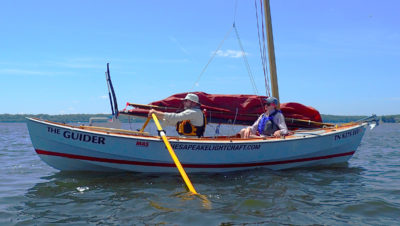
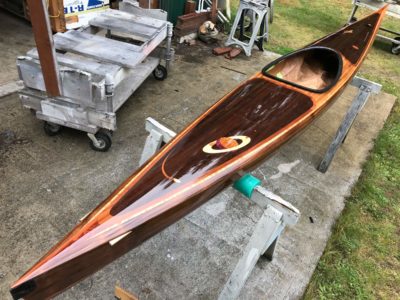
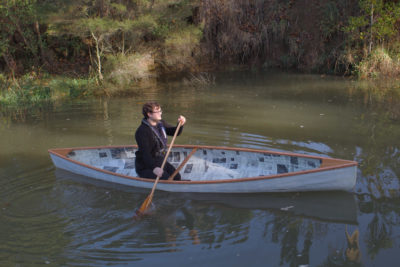
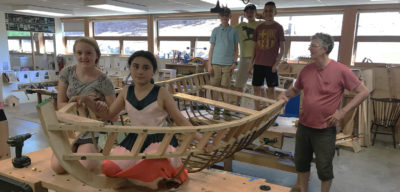
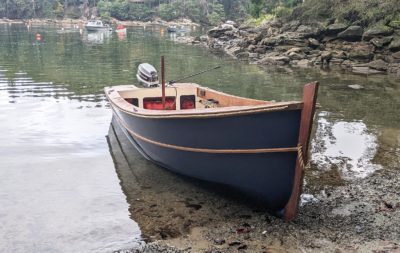
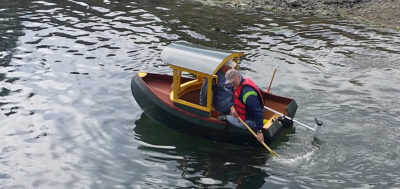
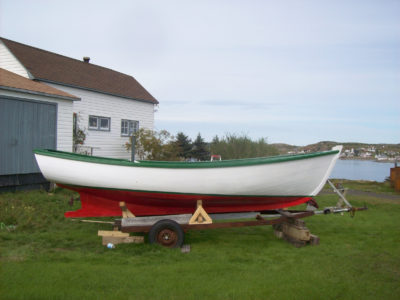
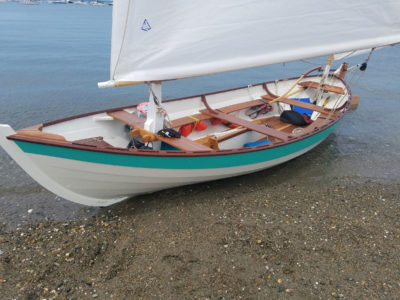
A great project, one that can be easily understood and “owned” by students and teachers together. The stability and easy development from the original basic form to the later model is an exercise in itself. I think there are many who would love to be students in your school.
We build boats in North Providence and Thompson, Connecticut, with both middle- and high-school students. One special project we were working on in North Providence was building an Optimaster 310 sailboat designed by Brazilian naval architect Eduardo Marchondes that was featured in an article in WoodenBoat’s Professional Boat Builder magazine in 2013. We almost finished the boat when the pandemic hit and shut us down. The boat was to be encapsulated with basalt fiber created from volcanic pumice. This substance is stronger than steel, noncorrosive, nonflammable, and cheaper than carbon fiber. I always wanted to make a coracle and a curragh with my students. Are instructional plans or videos available? I once made a model of Saint Brendan’s curragh.
The boat was built without plans. It is 13 1/2′ long because that is the maximum length it could be in the indoor space available.
Steve Carrigg of Hazelwood Boats in Portland loosely guided the project. He builds coracles, curraghs, canoes, and river kayaks using hazelwood withies and designing by eye. He located sources of hazelwood withies for the project. Rapid-growing shoots of other woody plants may also be used, such as willow and cottonwood.
The first hazelwood project was a coracle. Steve led that project. And yes, Tim Severin’s book, The Brendan Voyage, was one inspirational source.
I thoroughly enjoyed this article especially as over 60 years ago when I was about 10 or 11 my father paid a coracle owner to give me a lesson on the River Teifi in Cenarth, West Wales. The memory of that experience is still fresh in my mind, and I am sure it will be the same for the students that are helping to build these craft. They are very fortunate to have such an inspirational teacher who is giving them a lifelong experience. For those interested in building or “sailing” coracles there are a number of videos on YouTube, just look up “Teifi coracles.”